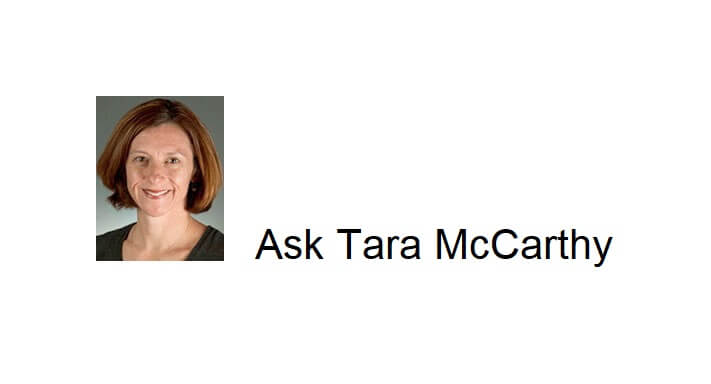This month’s “Ask the Expert” features Tara McCarthy, MS, RD, LDN, Clinical Nutrition Specialist, The Celiac Disease Program, Boston Children’s Hospital. Tara answers questions about convection ovens and precautionary labels on food.
Question – Are convection ovens safe for people with celiac disease? I fear that in addition to circulating air, that gluten from items previously cooked in the oven will also circulate and contaminate my gluten-free food.
Tara McCarthy – A convection oven is a type of oven or a setting on your conventional oven that has a fan and an exhaust system. The premise behind the convection oven/setting is to circulate the air to cook the food item more quickly and evenly. Understandably, people may be concerned about possible cross-contact when cooking gluten- free items in an oven that has a fan blowing air around inside. There are no studies on cross- contact with convection ovens, so it has been assumed this would be a concern. We ran some kitchen tests which involved baking flour in a convection oven. First, we placed an empty tray beneath the tray covered with flour, and did not find any flour particles on the empty tray after baking was complete. Secondly, we ran a test to see if any flour could come from the fan after baking foods containing gluten. We baked a tray covered with flour, removed the tray, and replaced it with a clean empty tray, and then ran the convection oven again. After removing the pan, we found there was no residual gluten flour on the clean pan. We would say that using a convection oven is safe and low risk place of cross-contact.
Question – Should I avoid products that are labeled “processed in a facility that also processes wheat”?
Tara McCarthy – This question comes up very often and for good reason, it says the word wheat right on the label. There are several VOLUNTARY labeling statements that manufacturers include as they feel this might be useful to customers or may be due to marketing or just manufacturer preference. Precautionary statements include: may contain wheat, made in a facility that processes wheat and made on shared equipment with wheat and may contain wheat. These PAL (precautionary Allergy Labeling) statements can be confusing. Please note that these precautionary statements are NOT regulated. Our advice comes in two parts.
- If a product has a precautionary label and says GF, this is safe with little to no risk.
- If a product has a precautionary label and DOES NOT say GF, then your degree of concern should be proportional to the potential risk. If you eat it weekly or more often, then we advise you to call the company to find out more about how the product is produced so that you can decide whether or not you feel eating it.
